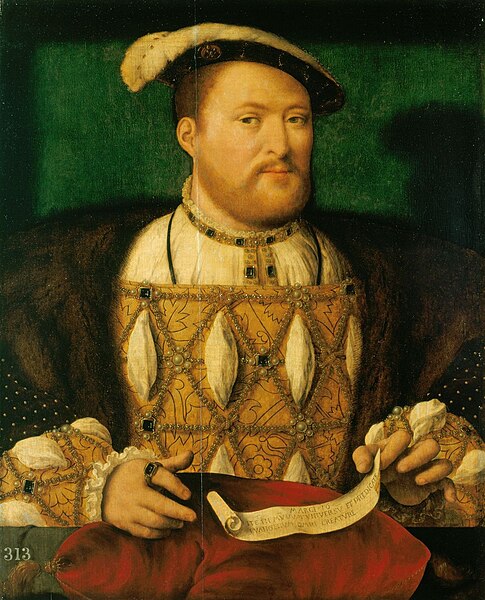A get, ghet, or gett is a document in Jewish religious law which effectuates a divorce between a Jewish couple. The term is also used to refer to the divorce itself. The get is a 12-line document written in Aramaic. The requirements for a get include that the document be presented by a husband to his wife. The essential part of the get is a very short declaration: "You are hereby permitted to all men". The effect of the get is to free the woman from the marriage, and consequently she is free to marry another and that the laws of adultery no longer apply. The get also returns to the wife the legal rights that a husband held in regard to her.
Le Get (The Divorce), painting by Moshe Rynecki, c. 1930.
Postcard illustrating a divorce procedure, Jewish Museum of Switzerland
Divorce is the process of terminating a marriage or marital union. Divorce usually entails the canceling or reorganising of the legal duties and responsibilities of marriage, thus dissolving the bonds of matrimony between a married couple under the rule of law of the particular country or state. It can be said to be a legal dissolution of a marriage by a court or other competent body. It is the legal process of ending a marriage.
"JUST DIVORCED!" hand-written on an automobile's rear window.
Cartoon parodying the circus-like divorce proceedings of Anna Gould (an American heiress and socialite) and Boni de Castellane (a French nobleman) in 1906 in Paris, France. Boni de Castellane then sought an annulment from the Vatican so that he could be free to remarry in the Church. The annulment case was not finally settled until 1924, when the highest Vatican tribunal upheld the validity of the marriage and denied the annulment.
Roman married couple.
Henry VIII of England broke with the Catholic Church in order to obtain an annulment.






